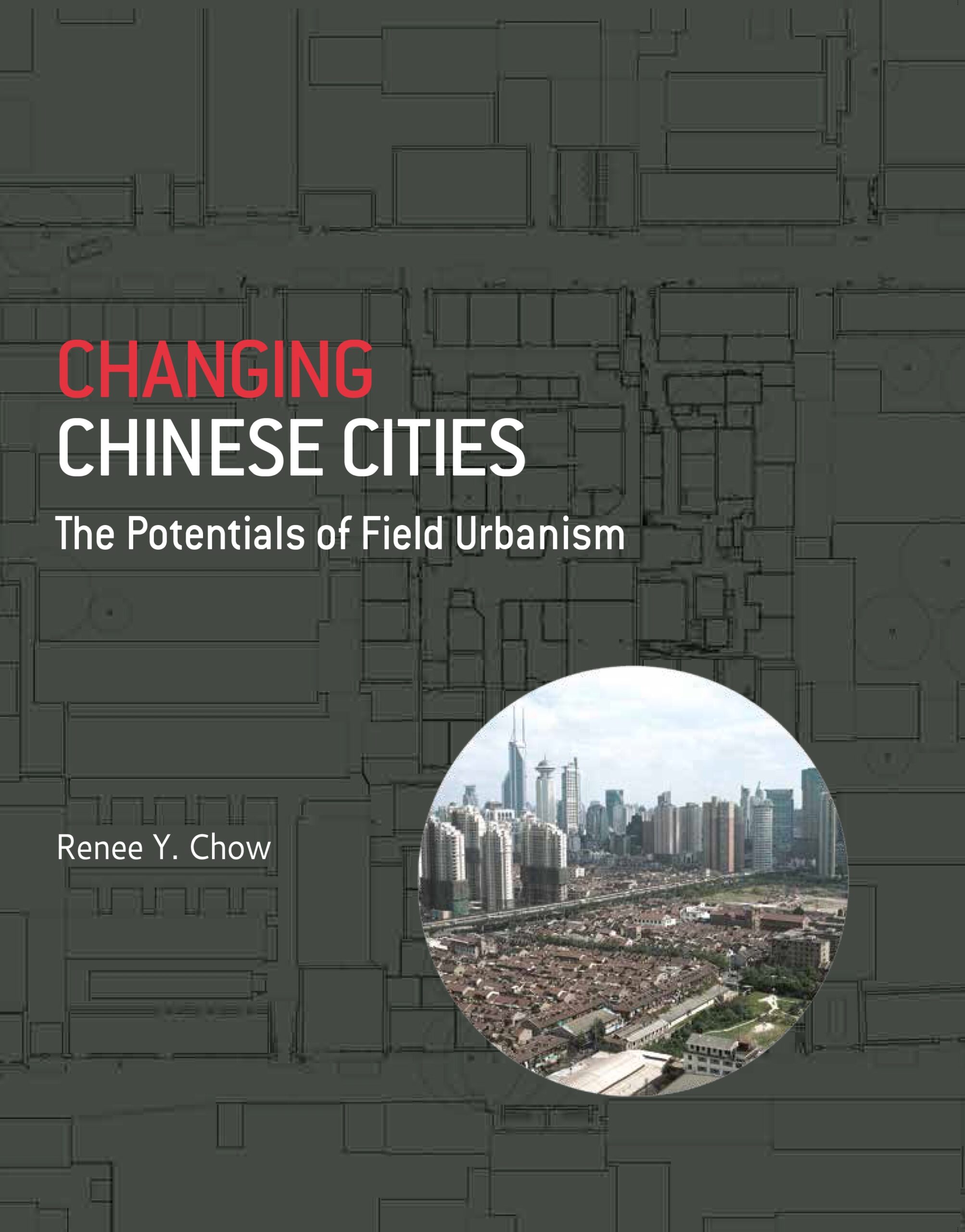Changing Chinese Cities: The Potentials of Field Urbanism
Additional Information
- About the Book
-
Until the middle of the twentieth century, Chinese urban life revolved around courtyards. Whether for housing or retail, administration or religion, everyday activities took place in a field of pavilions and walls that shaped collective ways of living. Changing Chinese Cities explores the reciprocal relations between compounds and how they inform a distinct and legible urbanism.
Following thirty years of economic and political containment, cities are now showcases whose every component—street, park, or building —is designed to express distinctiveness. This propensity for the singular is erasing the relational fields that once distinguished each city. In China’s first tier cities, the result is a cacophony of events where the extraordinary is becoming a burden to the ordinary.
Using a lens of urban fields, Renee Y. Chow describes life in neighborhoods of Beijing, Tianjin, Shanghai and its canal environs. Detailed observations from courtyard to city are unlayered to reveal the relations that build extended environments. These attributes are then relayered to integrate the emergence of forms that are rooted to a place, providing a new paradigm for urban design and master planning. Essays, mappings and case studies demonstrate how the design of fields can be made as compelling as figures.
- About the Author(s)
-
Renee Y. Chow, Author
- Reviews and Endorsements
-
- The book provides an authoritative review of reactions to modernist urban design theories, a discussion of three variants of traditional courtyard housing that emerged in three Chinese cities (Beijing, Zhujiajiao, and Shanghai), a succinct review of China’s recent tumultuous history, and an insightful analysis of the ways that Chinese cities have been impacted by successive regimes. . . . The book is well organized, well written, well illustrated, and well annotated. It should find a place in the libraries of students, planners, designers, and anyone else who cares about the future of cities.
—CHOICE - Changing Chinese Cities is richly illustrated with diagrams and photos, and is—as one might expect—beautifully designed. It’s the kind of book you feel good about holding in your hands. The essays are short and crisp. . . . As such, it is a guidebook for a possible future, more than a lamentation for the lost past. It would be ideal for introducing students to the underlying legibility of China’s cities, the ways that legibility is being destroyed, and what might actually be done to move forward in meaningful ways, rather than succumbing to the temptation, as many of us often do, of consigning China’s traditional built environments to the dustbin of history.
—Pacific Affairs - Renee Chow masterfully dissects the urbanistic challenges facing Chinese cities that struggle to modernize in ways that are both culturally recognizable and environmentally responsive. In doing so, she provides important new directions for urban design and urban designers to inspire action. – Lawrence J. Vale, Massachusetts Institute of Technology
—MIT
- The book provides an authoritative review of reactions to modernist urban design theories, a discussion of three variants of traditional courtyard housing that emerged in three Chinese cities (Beijing, Zhujiajiao, and Shanghai), a succinct review of China’s recent tumultuous history, and an insightful analysis of the ways that Chinese cities have been impacted by successive regimes. . . . The book is well organized, well written, well illustrated, and well annotated. It should find a place in the libraries of students, planners, designers, and anyone else who cares about the future of cities.
- Supporting Resources
-





